Blackmagic Design releases DaVinci Resolve 17.3
Originally posted on 10 November 2020. Scroll down for news of the stable release and 17.3 update.
Blackmagic Design has released DaVinci Resolve 17.0 and DaVinci Resolve Studio 17.0, the latest updates to its colour grading, editing and post-production software, in public beta.
Key changes include a new HDR grading palette, an interesting new mesh-based colour warping tool, and an AI-driven ‘magic mask’ system that automatically isolates people or body parts in footage.
Effects artists get a new set GPU-accelerated ResolveFX effects within the integrated version of Fusion, Blackmagic’s compositing software; motion graphics artists get a new set of 2D vector tools.
In total, there are over 100 new features, spread throughout the software, including major updates to the software’s editing and Fairlight audio production toolsets.
Blackmagic Design has also announced two new hardware control devices for Resolve: the DaVinci Resolve Speed Editor keyboard, available now, and the Fairlight Desktop Console, due in December.
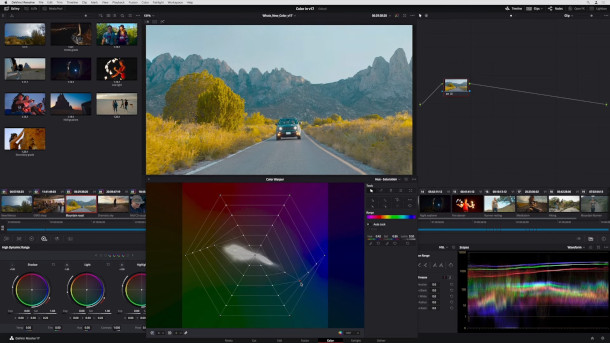
Colour grading: new HDR grading palette, mesh-based colour warper, AI-based Magic Mask system
For colorists, key changes in DaVinci Resolve 17.0 include the new HDR grading palette, intended to provide users with finer control when grading High Dynamic Range footage.
Users can create custom colour wheels for specific tonal ranges, including exposure and saturation controls for each range. The controls are colour-space-aware, and generate perceptually uniform results.
There is also an interesting new mesh-based colour warping tool, which enables users to adjust two colour parameters at once – either hue and saturation, or chroma and luma – by dragging points on a control grid.
You can see the workflow at 00:07:10 in the video above: it looks a powerful workflow, with the potential to make adjustments much faster than through conventional tools.
The update also adds ‘Magic Mask’: a new AI-trained system for isolating people or individual body parts like arms or faces from the background of footage.
It looks to be similar to the Semantic Keyer features that Autodesk has added to recent versions of Flame, generating a mask that tracks the figure through each frame.
In DaVinci Resolve’s case, mask generation isn’t completely automated, with the user drawing a stroke on one frame to identify the object to be isolated.
Colour grading: new DaVinci Wide Gamut universal colour space, support for 17-point 3D LUTs
Under the hood, Resolve 17.0 introduces DaVinci Wide Gamut: a new “universal internal working colour space”, intended to avoid loss of image data when converting projects between colour spaces.
According to Blackmagic Design, it spans a greater range of colour values than existing industry-standard colour spaces like BT.2020, Arri’s ALEXA wide gamut or ACES AP1.
Other changes include support for 17-point 3D LUTs; UI and workflow improvements when using scopes; and new diagonal, venetian blind and checkerboard wipes for comparing frames.
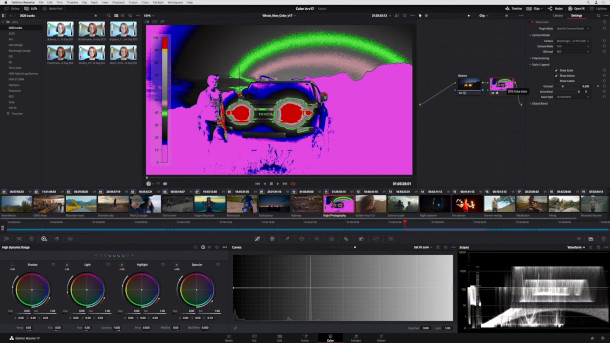
Effects and motion graphics: more ResolveFX effects, new 2D vector shape toolset
For effects work, the integrated version of Fusion, Blackmagic Design’s compositing software, gets a set of new GPU-accelerated ResolveFX effects.
They include a range of blur effects, including smear frame blending for motion blur; a motion trail generator; and specialised noise reduction and detail recovery tools for archive footage.
Other new Resolve FX range from false colour overlays to video collage effects: find a full list here.
For motion graphics, DaVinci Resolve 17.0 adds a new 2D vector shape toolset, with a range of base shapes, Boolean operators for combining shapes, and grid, jitter, offset and combine controls.
The shapes are GPU-accelerated, and can also be used as particle sources.
Blackmagic’s changelog describes the features as “initial support”, so we assume that the firm plans to extend the toolset over subsequent releases.
In addition, the update adds a new set of animation curve modifiers, making it possible to set up Fusion to retime animations automatically when the duration of a composition changes.
Better integration between Fusion and DaVinci Resolve’s editing toolsets
Blackmagic Design has also improved integration between DaVinci Resolve’s Fusion page and the software’s Edit and Cut pages, with the option to play back audio being edited within Fusion.
Compositions created in the Fusion page can also now be saved as templates for use elsewhere in the software: for example, to add customisable effects or titles during an edit.
Editing and audio production: a range of new AI-based tools and workflow improvements
The software’s audio and video editing toolsets also get major updates, with the changes to the Fairlight audio production toolset being described as “the biggest update in Fairlight history”.
Editing isn’t CG Channel’s specialist area, so follow the links at the foot of the story for full details.
However, one feature that caught our eye is Smart Reframe, a new AI-trained system that automatically reframes footage when converting between aspect ratios.
It identifies faces and repositions them within the new frame in order the keep the footage centred on the action, along the lines of the Auto Reframe system in Adobe’s Premiere Pro.
There are also a number of UI and workflow improvements, including a new metadata slate view with bin dividers, making it possible to sort clips according to scene, shot or camera data.
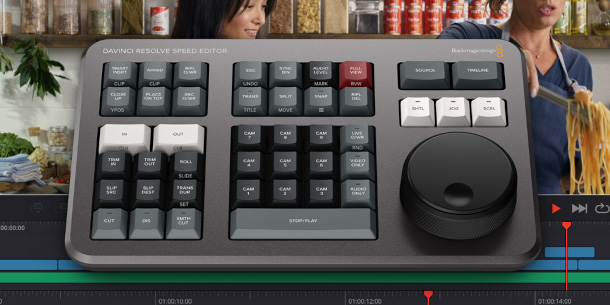
Two new specialist hardware control devices for editing and audio mixing
In addition, Blackmagic Design has released two new hardware control devices intended for use with DaVinci Resolve.
The DaVinci Resolve Speed Editor, available now, is a dedicated editing keyboard. It is currently free to anyone buying DaVinci Resolve Studio via a reseller, but will have a price of $295.
The Fairlight Desktop Console is a $3,595 audio control surface, and is due to ship in December.
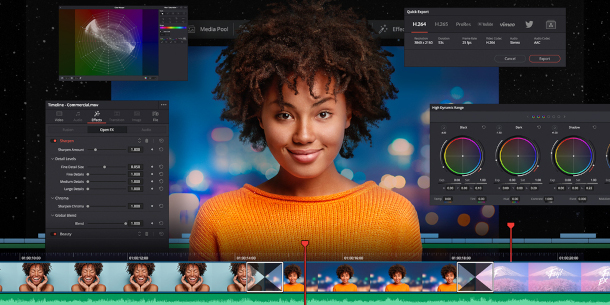
Updated 10 March 2021: DaVinci Resolve 17.0 and DaVinci Resolve Studio 17.0 are now officially shipping.
Since our original story, Blackmagic Design has also introduced native support for Apple’s M1 processors, available in the latest MacBook and Mac mini systems.
The functionality is available in version 17.1 of the software, available as a separate free update.
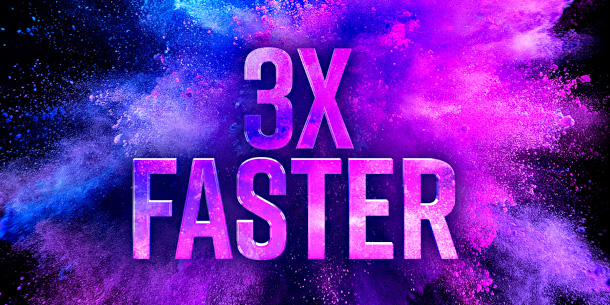
Updated 20 August 2021: DaVinci Resolve 17.3 and DaVinci Resolve Studio 17.3 are shipping.
The update introduces a new processing engine making playback, editing and grading “up to 3x faster” on Macs with M1 processors, and providing “up to 30% longer battery life” on laptops.
Users of M1 Macs can also now choose to prioritise speed over quality when rendering, further improving render times by “up to 65%”.
The update also introduces new ResolveFX controls, including rotation controls for garbage mattes, saturation and gamma controls for glow effects, and new shapes for mosaic blurs.
The colour grading, editing and audio toolsets have also been updated. Find a full list of changes here.
Pricing and system requirements
DaVinci Resolve 17.3 and DaVinci Resolve Studio 17.3 are available for Windows 10, macOS 10.15+ and CentOS 7.3 Linux.
The base edition of the software is free; the Studio edition, which enables you to work at resolutions higher than UHD and adds a range of advanced features, costs $295.
Sadly, Blackmagic Design doesn’t seem to have updated its feature comparison table for the two editions.
However, one feature new in the free edition is multi-user collaboration: as of DaVinci Resolve 17.0, users of the free version can have multiple artists working on the same project simultaneously.
Read an overview of the new features in DaVinci Resolve 17.3 and DaVinci Resolve Studio 17.3
Read an overview of the new features in DaVinci Resolve 17 and DaVinci Resolve Studio 17
Read a full list of new features in DaVinci Resolve Studio 17 on Blackmagic Design’s forum
